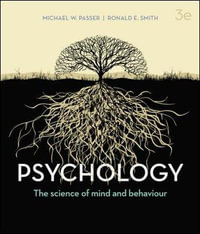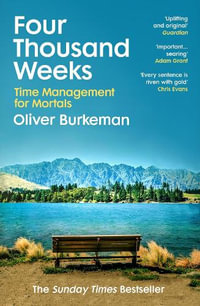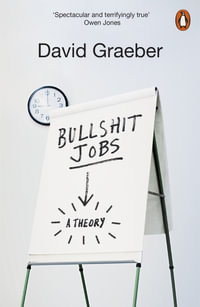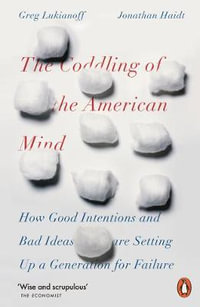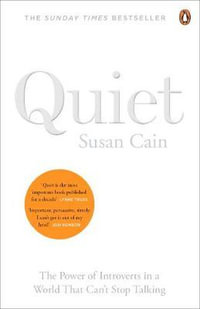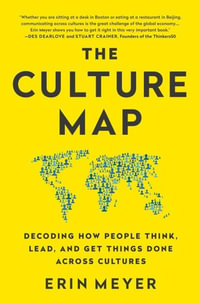| Acknowledgments | p. xv |
| Basic Concepts in Group Problem Solving | p. 1 |
| Group Task, Structure, Process, and Product | p. 1 |
| Interpersonal Influence Processes | p. 3 |
| Group Tasks | p. 3 |
| Additive, Compensatory, Conjunctive, Disjunctive, and Complementary | p. 3 |
| Divisible and Unitary | p. 5 |
| Maximizing and Optimizing | p. 5 |
| Intellective and Judgmental | p. 5 |
| Summary | p. 6 |
| Laboratory Experimental Research on Group Problem Solving | p. 7 |
| Overview of Chapters | p. 7 |
| Social Combination Models | p. 8 |
| Marjorie Shaw's Classic Study | p. 8 |
| Experimental Designs | p. 10 |
| The Lorge and Solomon Model A | p. 10 |
| The Lorge and Solomon Model A as an Application of the Binomial Theorem | p. 12 |
| Smoke and Zajonc: Group Decision Schemes | p. 12 |
| Thomas and Fink: Extension to More Than Two Response Alternatives | p. 15 |
| Davis: Social Decision Scheme Theory | p. 16 |
| Model Testing and Model Fitting | p. 19 |
| Summary | p. 20 |
| Memory and Group Problem Solving | p. 22 |
| Recognition Memory | p. 23 |
| Transactive Memory | p. 25 |
| No Communication during Learning or Retrieval | p. 26 |
| Communication during Retrieval | p. 27 |
| Communication during Learning and Retrieval | p. 29 |
| Nine Propositions | p. 31 |
| Cognitive Interdependence and Convergent Expectations | p. 32 |
| Shared and Unshared Information | p. 35 |
| Optimal Assignment of Items to Members | p. 35 |
| Shared and Unshared Knowledge | p. 37 |
| Information Sampling Model | p. 37 |
| Solving a Problem versus Making a Judgment | p. 38 |
| Social Validation of Information | p. 38 |
| Common Knowledge Effect | p. 40 |
| Group Judgment | p. 40 |
| Group Choice | p. 41 |
| Jury Memory | p. 42 |
| Summary | p. 43 |
| Group Ability Composition on World Knowledge Problems | p. 45 |
| English Vocabulary | p. 45 |
| General Achievement | p. 52 |
| Remote Verbal Associations | p. 53 |
| Homogeneity and Heterogeneity of Group Member Ability | p. 54 |
| Conclusions on Group Ability Composition | p. 55 |
| Collective Induction | p. 57 |
| An Inductive Rule-Learning Task | p. 58 |
| Collective versus Individual Induction: Effects of Increasing Evidence | p. 58 |
| Collective versus Individual Induction: Effects of Increasing Hypotheses | p. 65 |
| Collective Induction with Increasing Hypotheses and Increasing Evidence | p. 67 |
| Positive Hypothesis Tests and Negative Hypothesis Tests | p. 70 |
| Simultaneous Collective and Individual Induction | p. 72 |
| Social Combination Processes | p. 76 |
| A Theory of Collective Induction | p. 80 |
| Collective Induction in Competitive Auctions | p. 82 |
| Letters-to-Numbers Problems | p. 87 |
| Letters-to-Numbers Problems | p. 87 |
| Letters-to-Numbers Strategies | p. 88 |
| Two-Letter Substitution Strategy | p. 89 |
| Multiletter Substitution Strategy | p. 89 |
| Known Answer Strategy | p. 90 |
| Combined Known Answer and Multiletter Substitution Strategy | p. 91 |
| Groups Perform Better Than the Best Individuals | p. 91 |
| Trials to Solution | p. 91 |
| Letters per Equation | p. 92 |
| Letters Identified per Equation | p. 92 |
| Two-Letter Substitution Strategy | p. 93 |
| Known Answer Strategy | p. 93 |
| Summary of Results | p. 94 |
| Discussion | p. 95 |
| Groups Perform Better Than the Best Individuals: Informative Equations and Effective Strategies | p. 96 |
| Five Instruction Conditions | p. 96 |
| Trials to Solution | p. 98 |
| Equations with Minimal Letters | p. 98 |
| Groups Perform Better Than the Best Individuals: Effects of Group Size | p. 101 |
| Previous Research on Group Size on Intellective Tasks | p. 101 |
| Experimental Design | p. 103 |
| Trials to Solution | p. 103 |
| Why Do Groups Perform Better Than the Best Individuals on Letters-to-Numbers Problems? | p. 107 |
| Group-to-individual Problem-Solving Transfer | p. 109 |
| Specific Transfer | p. 109 |
| Analogies | p. 109 |
| Mathematical Problems | p. 111 |
| General Transfer | p. 113 |
| Mathematical Problems | p. 113 |
| Brainteasers | p. 114 |
| Logical Implication | p. 115 |
| Four Issues in Group-to-individual Transfer | p. 116 |
| Design | p. 119 |
| Summary | p. 122 |
| Social Choice Theory | p. 124 |
| Basic Concepts of Social Choice Theory | p. 125 |
| Motions (Alternatives) and Preference C For-Against Matrices | p. 125 |
| Sequential Pairwise Voting and the Paradox of Voting | p. 126 |
| Runoff Elections | p. 128 |
| Rank Order Voting | p. 128 |
| Approval Voting | p. 130 |
| The Median Voter Theorem | p. 131 |
| Condorcet Jury Theorem | p. 131 |
| Experimental Evidence for Social Choice Theory | p. 132 |
| The Median Voter Theorem | p. 132 |
| Agenda Influence | p. 134 |
| Condorcet Jury Theorem | p. 136 |
| Successive Majorities in a Hierarchical System | p. 137 |
| A Remarkable Concurrence | p. 139 |
| Social Choice Theory and Group Problem Solving: The Constitutional Convention of 1787 | p. 140 |
| Conclusions | p. 141 |
| Generalizations | p. 141 |
| Retrospective and Prospective | p. 142 |
| References | p. 145 |
| Index | p. 155 |
| Table of Contents provided by Ingram. All Rights Reserved. |


